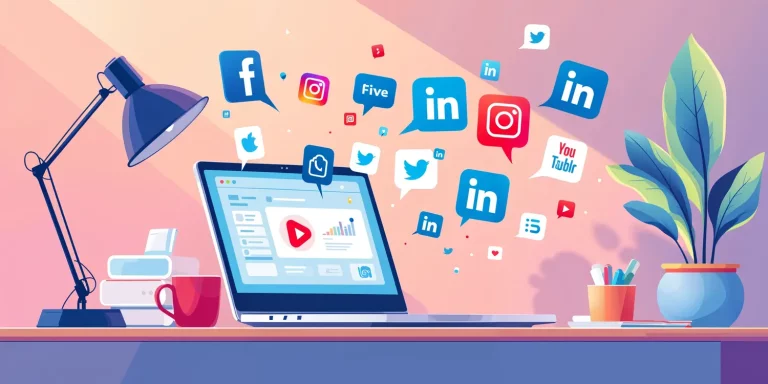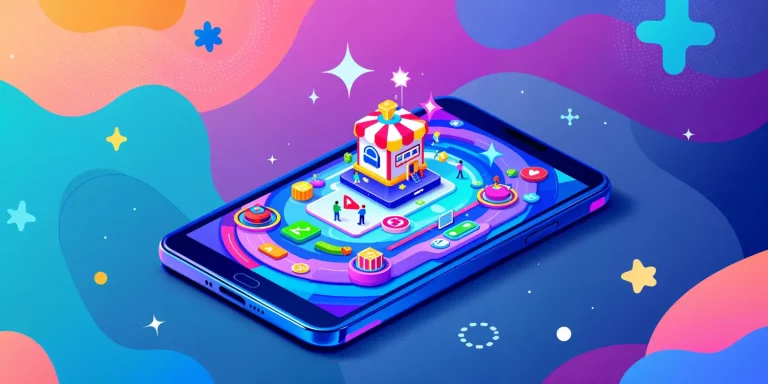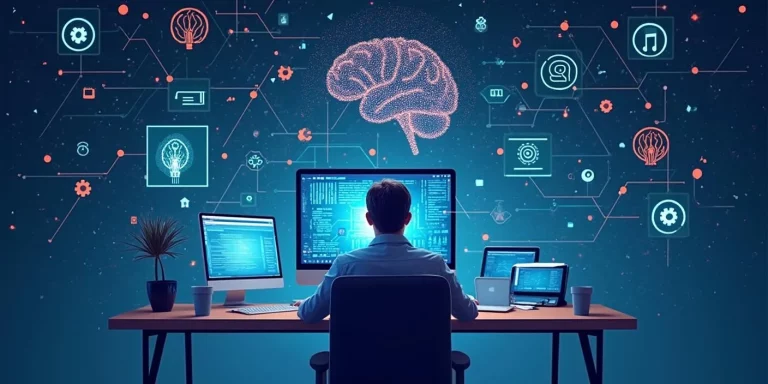OUR DIGITAL BLOG
Welcome to the Virtexp Digital Blog—a space where creativity meets innovation. Here, you’ll find expert insights on creative design, web development, and interactive advergames. Dive into our latest trends, tips, and ideas to elevate your digital presence and bring your vision to life. Whether you’re a business owner, designer, or just curious, our blog offers content tailored to inspire and inform.




